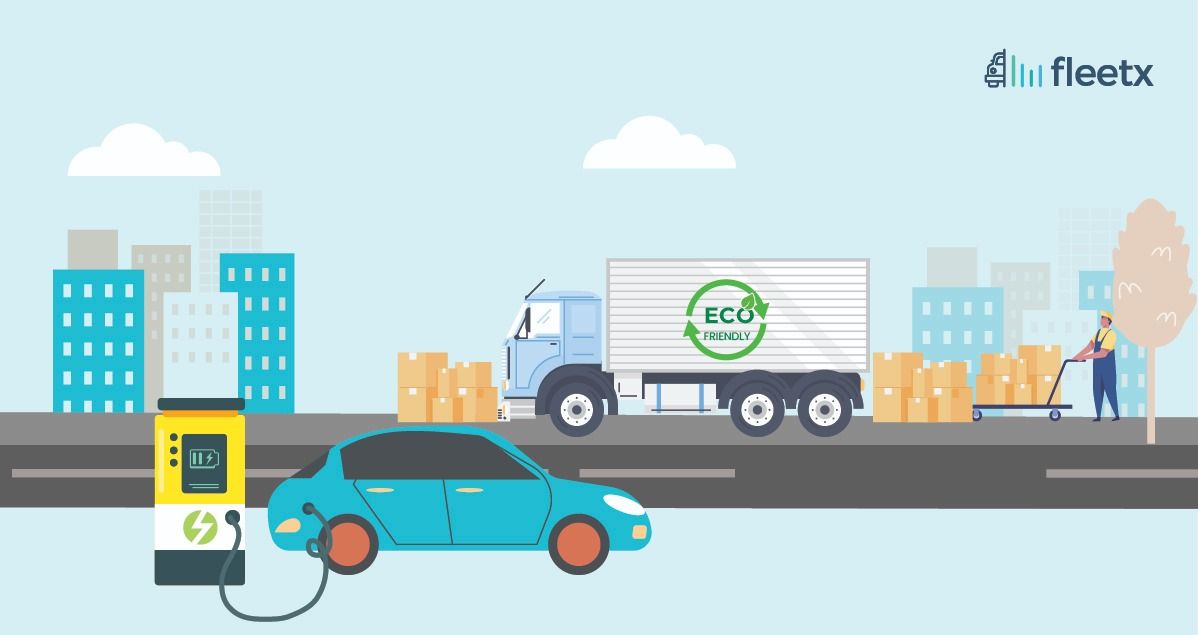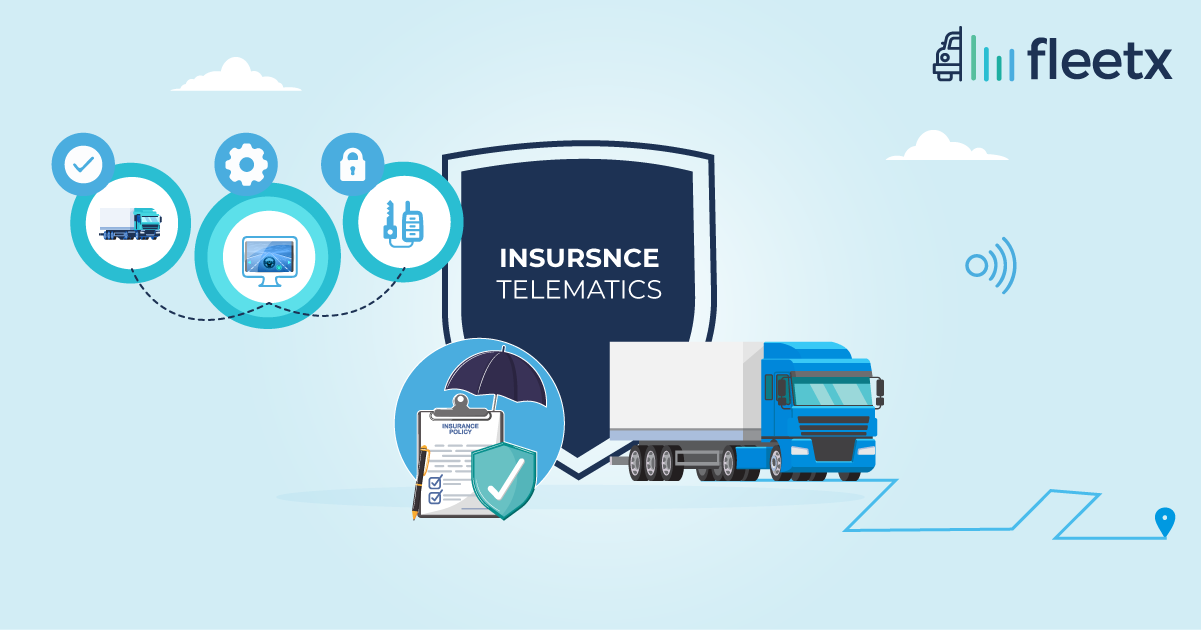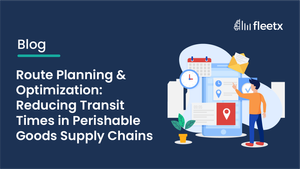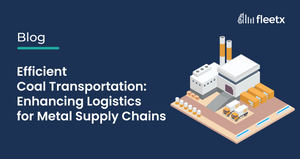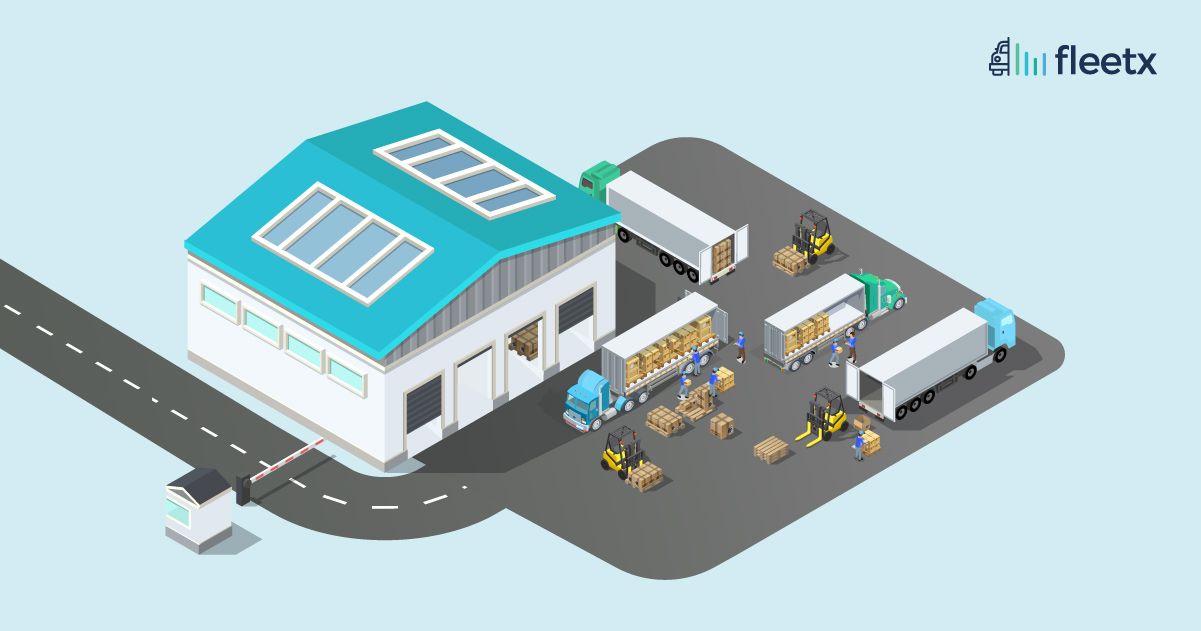
Truck load is critical for transporters and businesses that deal with the transportation of goods, and properly loading trucks becomes important for them to safely and efficiently transport goods because improper loading can cause vehicles to become unstable, increase fuel consumption, and even cause accidents. To ensure the safety of both the driver and other road users, it is critical to distribute the weight of the load equally, secure it correctly, and adhere to the vehicle's weight limitations. It is also critical to follow local and national legislation and recommendations for proper vehicle loading and unloading. However, as a carrier, we recognize that saving on transportation costs is also a requirement in order to maintain profitability, precise deliveries, and on-time deliveries. As a result, selecting a cost-effective yet appropriate truck load option is critical.
Types of truck loads
FTL (full truck load), PTL (partial truck load), and LTL (less than truckload) are terms used to describe the size and type of a shipment in the transportation and logistics industry. The difference between these three methods is primarily determined by the quantity of goods shipped and the cost of transportation. It is important for customers to understand these differences, as they can greatly impact their shipping needs and expenses.
FTL( Full-Truck-Load)
FTL, or full truck load, is a shipping method in which an entire truck is dedicated to a single shipment. This means that your shipment will not be combined with other shipments, ensuring the safety and security of your goods. FTL is ideal for large shipments, usually over 10 pallets, and for companies shipping large quantities of goods over long distances. The cost of transportation is more cost-effective as it is spread over a larger shipment, making FTL a quicker and more efficient option for shipping. This method reduces the handling and transfer of goods during transit, providing added security for your shipment.
PTL( Partial- Truck- Load)
PTL, or Partial Truck Load, is a shipping method in which a shipment fills only a portion of a truck. This type of shipment is ideal for smaller loads, usually 8 or more pallets, and offers a more flexible delivery schedule. In a PTL shipment, the truck is shared with other customers, allowing the cost of transportation to be split among multiple shipments. This results in more cost-effective delivery options for smaller loads compared to FTL. There are software programmes now that can help in handling the negotiations and fixing the amount to be paid by each customer who is using the freight services, eliminating the need for customers to directly interact and negotiate with one another.
LTL(Less than- Truck- Load)
LTL, or Less Than Truck-Load, is a shipping method in which a shipment is smaller than a PTL shipment, usually consisting of 6–10 pallets. LTL shipments are consolidated with other shipments going to the same or nearby destinations, reducing the cost of transportation for each shipment. This method is ideal for companies that are shipping smaller quantities of goods and are looking to save on shipping costs while still ensuring prompt delivery. In LTL shipments, the cost of transportation is based on the individual shipment's size and weight, rather than being split with other customers like in a PTL shipment. LTL freight quotes will differ from FTL freight quotes.
The delivery of LTL shipments may take longer due to multiple stops, although LTL freight endeavors to deliver on-time. However, it will not be as speedy as FTL shipments. To sum up, FTL, PTL, and LTL are classifications that signify the size and type of a shipment, influencing the mode of transportation, delivery timeline, and shipping cost.
How to decide which type of truck load is the right choice for you?
The ideal truck load depends on a number of elements that transporters should consider while making their decision, including the quantity of goods, the destination, the urgency, the cost, and the type of commodities. If you need to ship a significant amount of products, FTL may be the best option because it is both cost-effective and efficient. If you have a lower amount, however, LTL or PTL may be a better option.
If the goods' final destination is far distant and urgently required, FTL may be the most cost-effective choice. LTL or PTL may be better appropriate for shorter distances and more flexible delivery periods. FTL may be the ideal option for commodities that require particular security and handling because it decreases handling during transportation, but it is much more expensive than PTL and LTL. These criteria must be considered when deciding which sort of truck load is best for your consignment.
Reduce supply chain cost by analyzing your truck load
Research has shown that by using PTL, companies can save on their supply chain costs, by using a partial truck load (PTL) instead of a full truck load (FTL). According to RIVIGO, moving from FTL to PTL can result in a 40% reduction in supply chain costs. PTL allows for multiple shipments to be consolidated into one truck, reducing the cost per shipment.
There are several advantages to PTL over FTL, such as flexibility in terms of delivery options and lower costs per unit. Additionally, PTL is ideal for companies shipping smaller quantities of goods or for those that require a more flexible delivery schedule.
Businesses should carefully consider their shipping needs and the size of their shipments when deciding which type of truckload is the right choice for them. Additionally, businesses may benefit from moving from FTL to PTL if they want to reduce supply chain costs and increase delivery flexibility.
Conclusion
As per the above discussion, choosing the right truck load can have a significant impact on logistics costs, delivery times, transit times, etc. E-commerce businesses, courier services, and industrial businesses all have different transportation preference and choose different truck loads. Businesses with an optimized truck load can save time on deliveries by choosing FTL; they can reduce transportation costs by choosing PTL or LTL depending on their business urgency and requirements.


